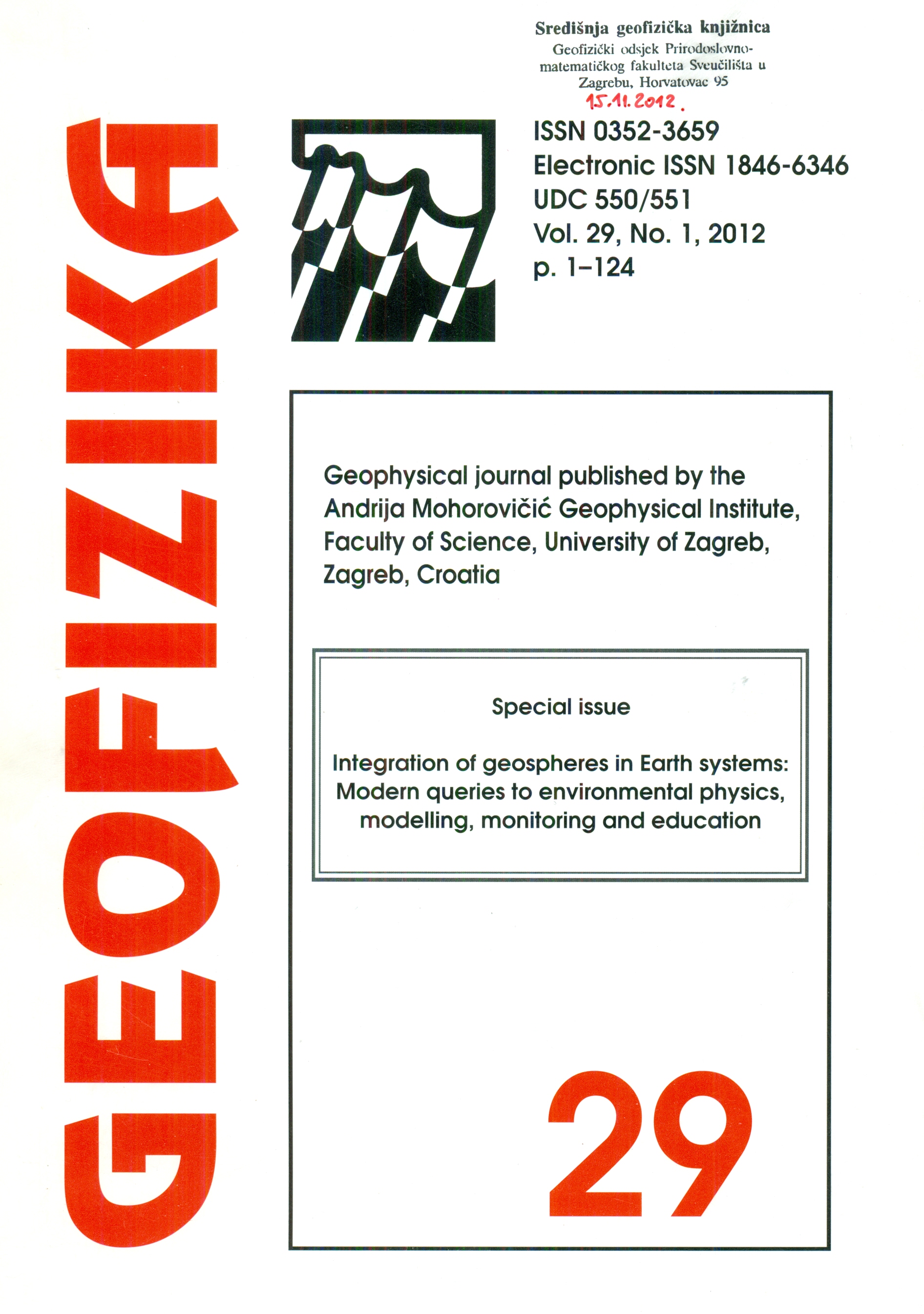Atmospheric pollution of Russia's cities: Assessment of emissions and immissions based on statistical data
Keywords:
city ecology, anthropogenic impact, indicators, pollution sources, environmental risk, emission, immission, statistical analysis of pollutantAbstract
In Russia, 60 million people live in the cities with high levels of air pollution. Comparative statistical analysis of pollutant emission and immission processes in 1099 cities in the country revealed the role of climate and other environmental factors, fuel mix, and the impact of agglomeration effect on the distribution of pollutants in the cities’ atmosphere. In 80% of Russia’s cities, air pollution is connected to the levels of anthropogenic emissions; in 5% of the cities, urban pollution levels (pollutants concentration levels according to monitoring (measuring) data) are lower than emissions; and in 15% of the cities, natural conditions amplify the anthropogenic impact. The level of anthropogenic impact in Russia’s cities is largely determined by a combination of low efficiency and high power intensity, outdated industrial specialization and inherited transport networks that cannot adequately accommodate current traffic flows. The system of proposed indicators of ecological conditions of the urban environment can be used in assessment of the environmental component of quality of life and its modern processes providing the basis for further ecological and geochemical studies of urban areas.
Downloads
Published
Issue
Section
License
Copyright (c) 2021 Geofizika journal

This work is licensed under a Creative Commons Attribution-NonCommercial 4.0 International License.

